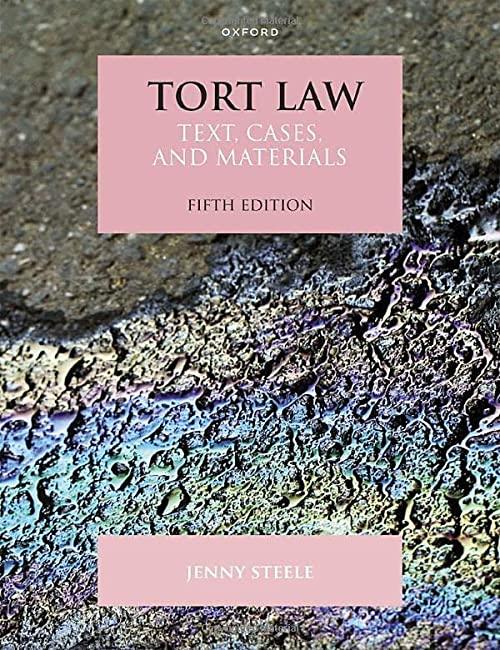Question
I included all information below. Not sure what other information is missing 1) Read both assigned articles: a) Shuman and b) Bates & DeMaio [the

I included all information below. Not sure what other information is missing
1) Read both assigned articles: a) Shuman and b) Bates & DeMaio [the Ragin & Amoroso chapter should be used as supplementary material]
https://laulima.hawaii.edu/access/content/group/WOA.65641.202130/Weekly%20Units/Week%20_13/Reading/Bates%20and%20DeMaio.%202015.pdf
https://laulima.hawaii.edu/access/content/group/WOA.65641.202130/Weekly%20Units/Week%20_13/Reading/Shuman%20_2002_.pdf
2) Review the US Census Data on same-sex households for years 2005 and 2019
(https://www.census.gov/data/tables/time-series/demo/same-sex-couples/ssc-house-characteristics.html), and
3) Answer the questions below.
- Summarize the premise of the Howard Shuman article and the survey method. What are some of the relative strengths and limitations of relying on the survey method and statistics?
- Summarize the various steps that the US Census undertook, as described in the Bates & DeMaioarticle, to most accurately measure same-sex relationships over the years?
- Compare the 2005 and 2019 US Census Data and use the below table to input data:
- Summarize the key differences between household types (married opposite-sex, unmarried opposite-sex, male-male, and female-female) from 2005 to 2019. What is the most surprising data to you? Which data is most in line with your existing assumptions?
- To what extent do you believe that the manner in which a government entity, such as the US Census bureau, collects data shapes our epistemological pursuit of studying the population?

Step by Step Solution
There are 3 Steps involved in it
Step: 1

Get Instant Access to Expert-Tailored Solutions
See step-by-step solutions with expert insights and AI powered tools for academic success
Step: 2

Step: 3

Ace Your Homework with AI
Get the answers you need in no time with our AI-driven, step-by-step assistance
Get Started


